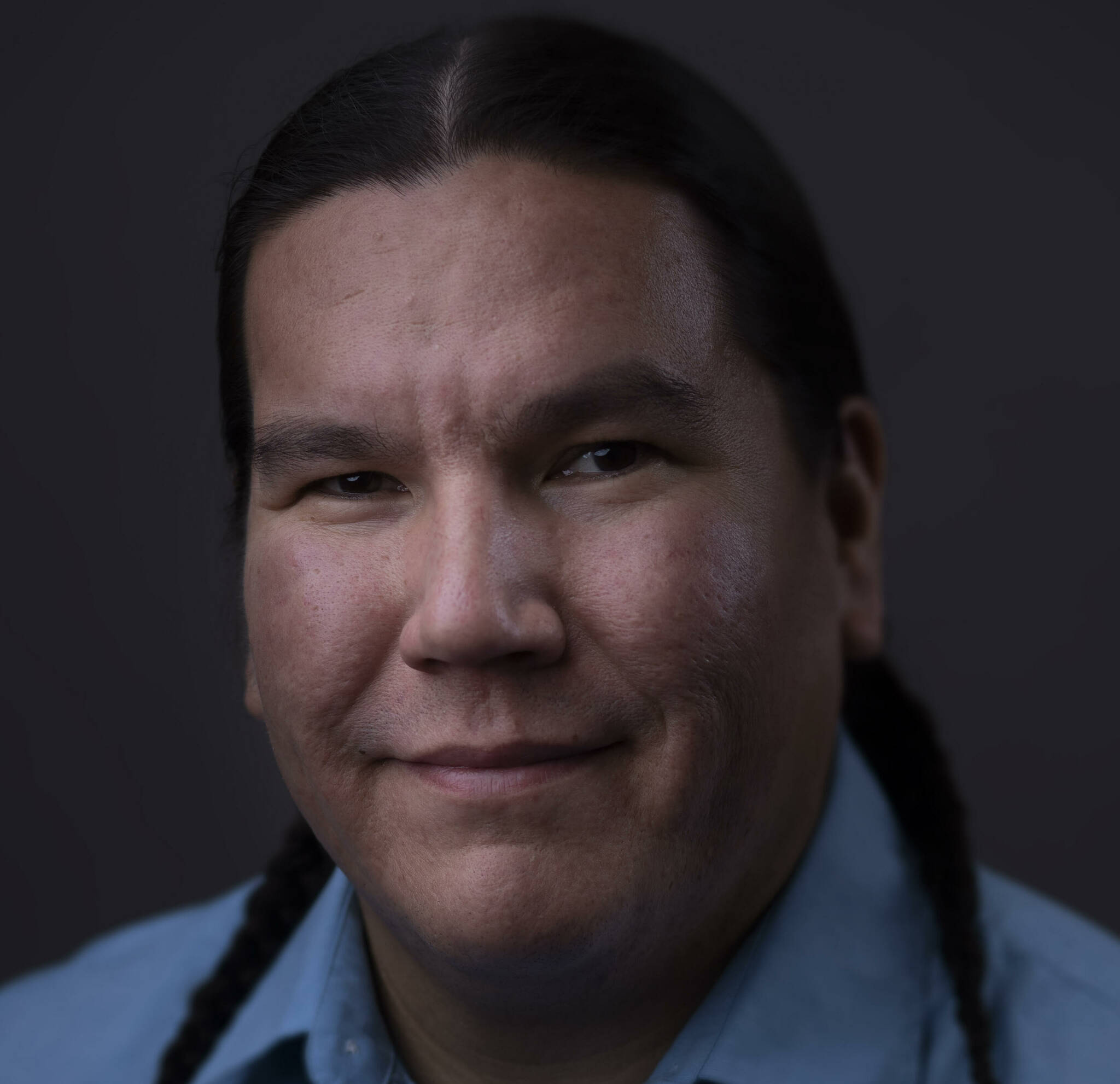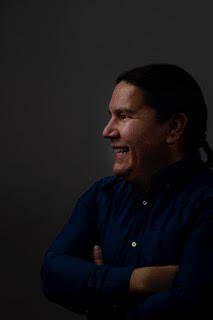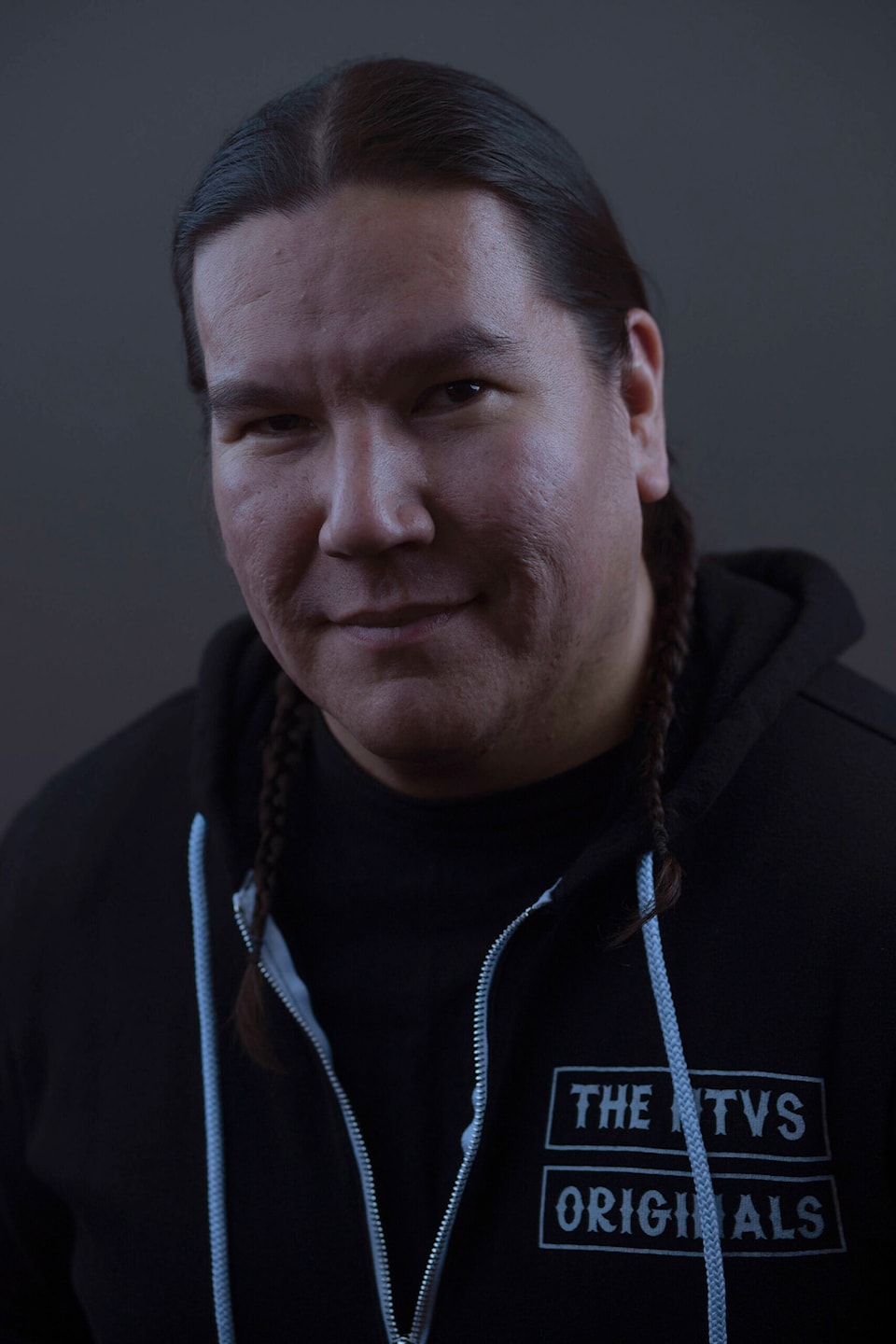There are two kinds of stories: a stranger comes to town, and someone leaves their own town to go on a journey.
That observation, usually attributed to authors Fyodor Dostoevsky or Leo Tolstoy, perfectly describes the core conflicts of Waubgeshig Rice’s duology.
Moon of the Turning Leaves is the much-anticipated sequel to Moon of the Crusted Snow, a harrowing post-apocalyptic thriller about a white man who wreaks havoc on a reserve in the deep winter. Set a generation later, Evan (who was our unlikely hero in the first book) along with his daughter Nangohns have to travel south towards Anishinaabe traditional lands after the place that has housed them for years becomes inhospitable. Reading like a good season of The Walking Dead, Rice once again establishes himself as a pillar of suspense writing.

Anishinaabe peoples being forced to travel away from their traditional territory as part of treaties or negotiations has been a theme in Rice’s work from day one. In Moon of the Crusted Snow, it is mentioned that the Anishinaabe peoples used to be situated farther south, but as part of the reserve and treaty systems were displaced from their land and sent away from the lake coasts and big city centres. Rice’s short story ‘Limbs’ from the Indigenous horror anthology Never Whistle at Night, another highly anticipated book during the spooky season, mentions something similar, with the Anishinaabe main character pleading with a violent aggressor that “We’ll leave, we’ll go north of here and never bother you again.” After so many thematic exiles north in his work, Moon of the Turning Leaves is a journey south for Rice’s characters, and largely one of cultural and personal healing, though not without a cost.
More than anything, Moon of the Crusted Snow reminded me of The Marrow Thieves, particularly the “coming to” stories used by Cherie Dimaline to further explore the apocalypse as experienced by each character. While the first book in this duology was very focused on one Anishinaabe community and their experience of the apocalypse in isolation, this second book has perspectives from Anishinaabe people in very different geographic, financial and familial circumstances. Among these perspectives is that of Nangohns, who has only really ever lived in the “post” part of the post-apocalypse, and whose perspective really lights up this book.
The first book in this series almost had my skin crawling with how suspenseful it was; I listened to the audiobook, and had to keep speeding it up as I approached the end because I wanted more than anything to break the tension that book created. For this second book in the series, I found myself taking my time to read it, enjoying Rice’s craft and Nangohns’s voice without the urgency of the first book. In other words, this novel is less scary and more exploratory, which fits perfectly with its more optimistic and well-adjusted main character.
Moon of the Turning Leaves is a race against time, with Evan and Nangohns trying to find a new place for their community to live while time relentlessly turns the leaves from green to red to yellow to dead. Ultimately a kinder sort of thriller than the first book in the series, this novel is about family, community, and hard-won survival.

